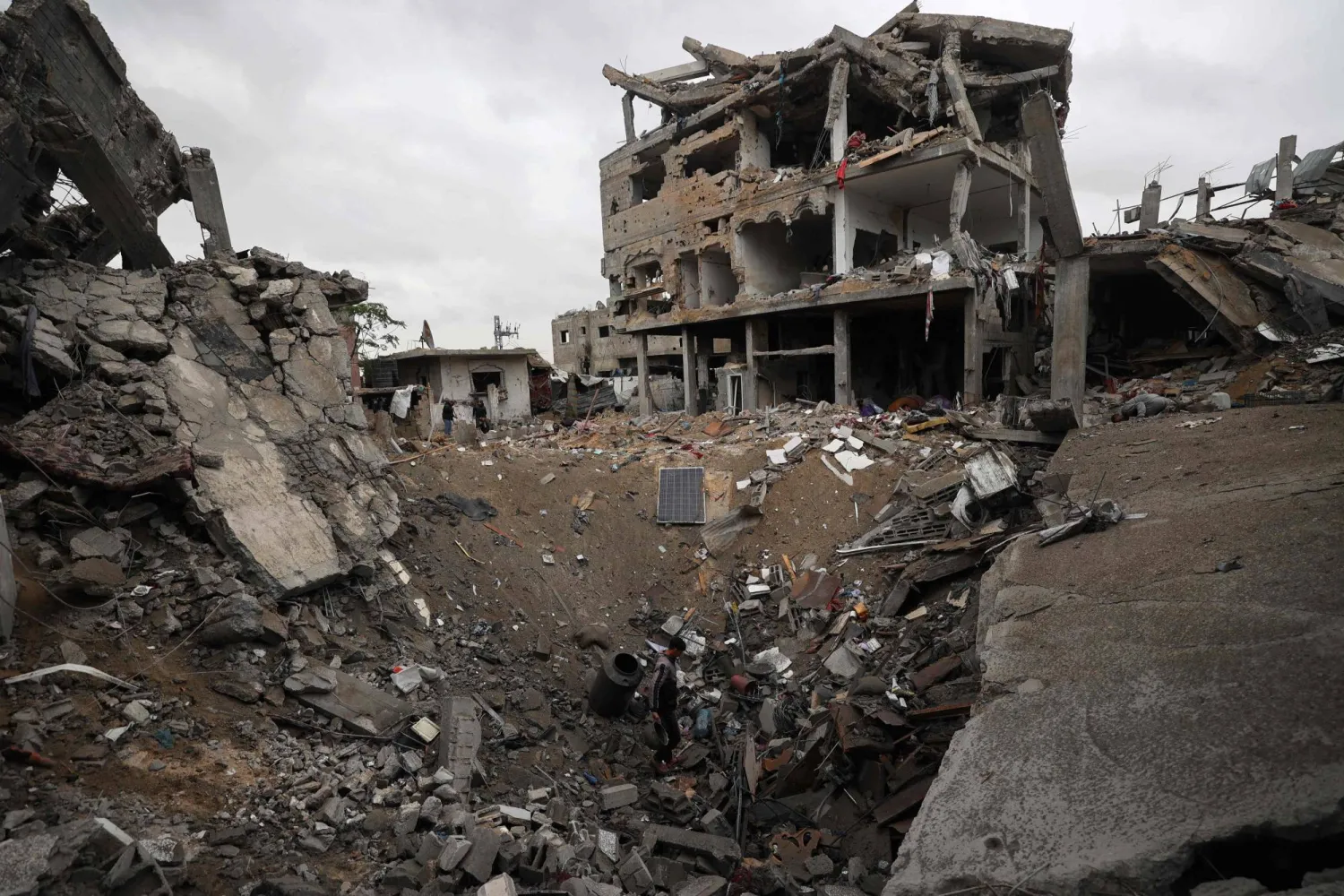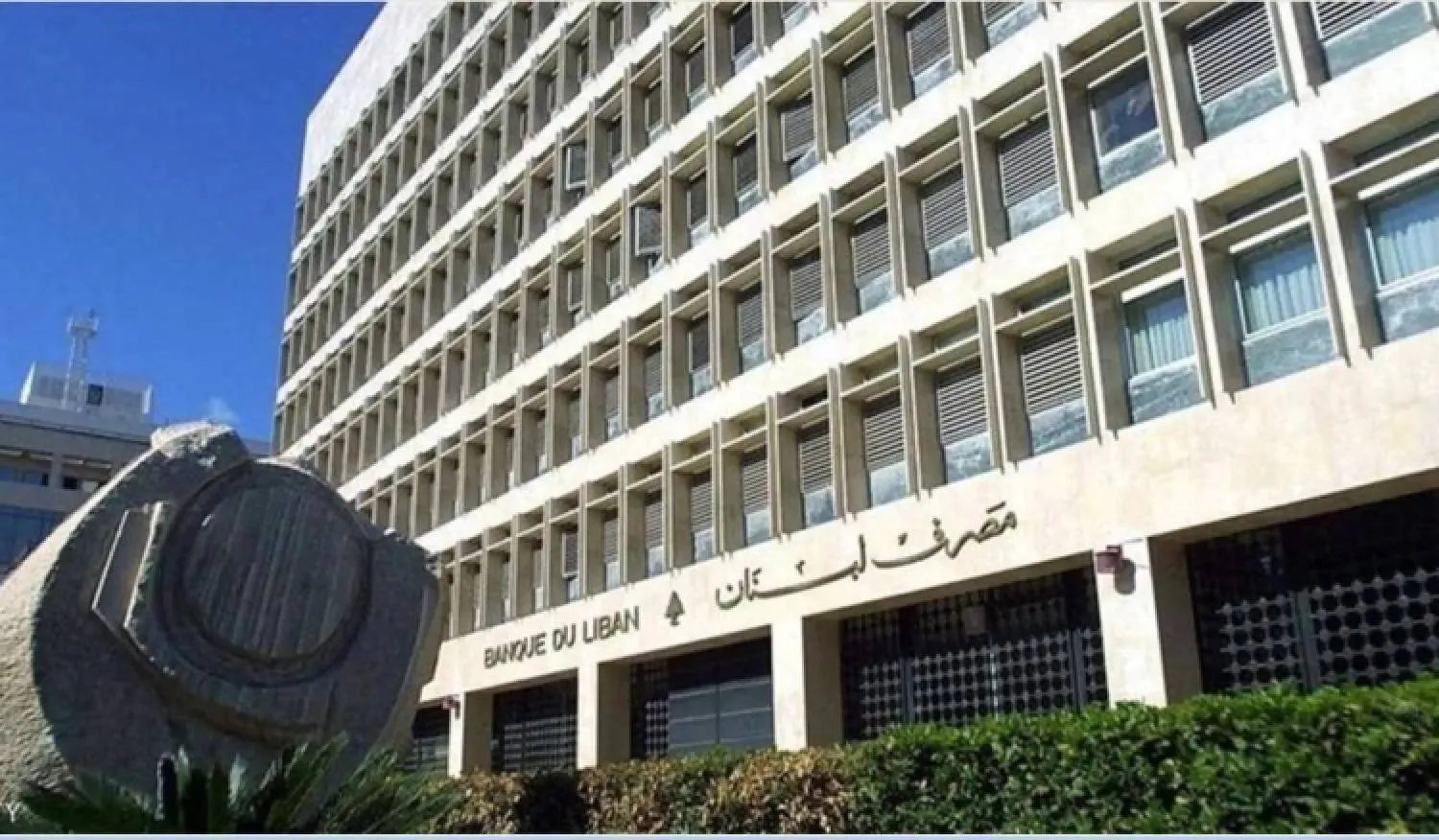In a complex intelligence operation, the Israeli army has recovered this week the bodies of six hostages taken to Gaza, reflecting the constant progress in gathering information to find hostages since the October 7 attacks.
It took Israeli combat engineers hours of nighttime digging deep inside a 650-foot long tunnel in Khan Younis to unearth what they were looking for. The bodies of four men and one woman, The Wall Street Journal reported on Wednesday.
The discovery came after a Palestinian detained by Israeli forces in Gaza told the soldiers where to look.
“It's hard to get the smell out of your head,” said a reservist with the military's 98th division who took part in the operation. “It's also psychological because you know it's the smell of a human being.”
In the haze after the Hamas-led Oct. 7 attack, Israel didn't know which of the thousands of people missing were kidnapped or dead.
More than 10 months later, and after a military operation that has killed thousands of Palestinians in Gaza, Israel began using modern technology and artificial intelligence to piece together the puzzle.
The WSJ report said Israel has obtained troves of valuable Hamas data as it has unearthed laptops, cellphones and documents from Gaza, using artificial intelligence. And with American help, it has boosted its signals intelligence.
Also, human intelligence has also been key—recovered from Palestinians arrested by Israel inside Gaza and others who provide information to Israeli forces.
“These bodies were there for a few months, and it took time for us to put the picture together and conduct such a mission,” said Israel Ziv, a retired Israeli general who gets briefed by military officials, referring to the operation in July.
Also, Karine Nahon, an Israeli information scientist from Reichman University in central Israel, established a team of volunteers who scanned social media and developed algorithms to comb through 200,000 videos to identify missing people. The team then shared their findings with intelligence officials. “In the beginning nobody worked with us,” Nahon said. “The state wasn't there.”
According to Ofer Merin, director-general of Shaare Zedek, a couple of weeks after the Oct. 7 attacks, a committee of health experts was tasked with viewing classified intelligence and determining whether hostages were dead or alive to notify families and inform negotiations.
The committee so far has determined that more than 40 hostages are dead based on security-camera footage in Israel.
Another obstacle is that hostages are spread throughout the enclave and are moved around to make locating them harder, according to WSJ.
Released hostage Aviva Siegel told the Journal that she was held in 13 different locations both above and below ground during her 51 days in Gaza.
And while rescuing hostages alive is considered very challenging, locating captives' bodies can also be complex since they are often hidden.
In December, the bodies of two hostages were found in garbage bags in a tunnel in northern Gaza, according to Orin Gantz, the mother of one of the hostages.
Even when Israel has all the intelligence in place, it doesn't always choose to launch a rescue mission.
Recovering the bodies of the dead hostages remains a major challenge because Hamas is deliberately hiding them in multiple and complex locations.
Therefore, Israel is facing challenges to recover hostages, whether alive or dead, under extremely difficult security and political circumstances.









